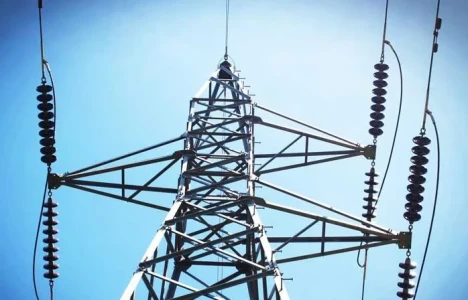The New Demand Response

Demand response—in the traditional sense—is deceased. The new demand response, on the other hand, builds on lessons learned and provides the path for integration of technology, customers, and programs. This new definition of demand response is enabling active load management using price responsive demand as a component of a transactive energy portfolio, but first some history.
Demand side management programs are important to achieving grid reliability and economic stability, the pillars of customer satisfaction. Antecedents dating to the 1950s are interruptible rates and, later, time-of-use rates. Since then, the diversity and complexity of demand sensitive rates has exploded as utilities have mastered the art of “best fit” between ratepayer classes and the needs of the broader community.
In the late 1990s, the wholesale power system in many regions developed open markets, which broke the vertical integration of generation, transmission, and distribution. In simplified terms, any market participant could contract for services from any other market participant.









